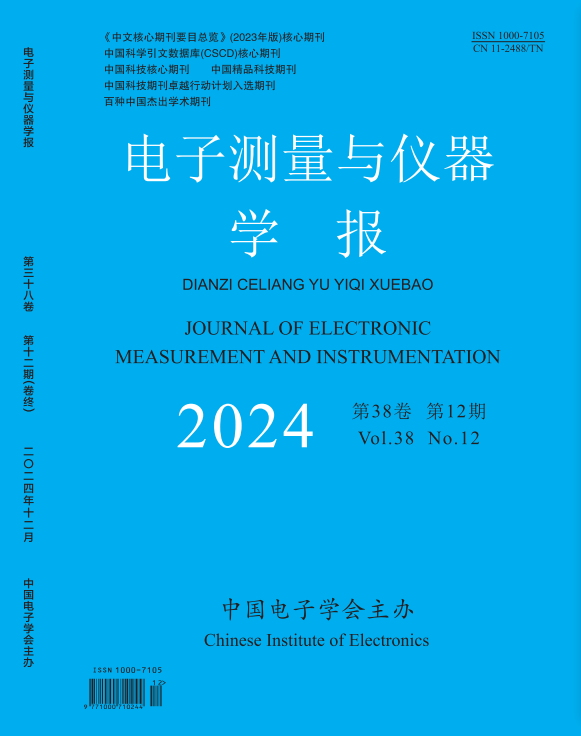2021, 35(8):12-19.
Abstract:In this paper, we propose a discriminative sampling method to select most effective samples via deep reinforcement learning for
video-based kinship verification. Unlike most existing facial kinship verification methods which focus on extracting effective features with
the random sampling strategy, we develop two deep reinforcement learning methods to select samples which are more suitable for learning
discriminative features, so that the overall performance can be improved. Compared with the conventional kinship verification problem,
video-based kinship verification has received less attention. However, this work has greater value in practical applications. When we try
to use kinship verification to solve, for example, the problem of missing population, we often get video data. Compared with images,
videos contain more information, and through reasonable use we will get better performance than image-based kinship verification.
Specifically, our method uses three subnetworks to achieve the kinship verification task: one DQN-based sampling network to filter the
key frame, one DQN-based sampling network to filter the negative sample, and one multi-layer convolutional network to verify the kin
relationship. Experimental results on the KFVW datasets show the superiority of our proposed approach over the state-of-the-arts.
